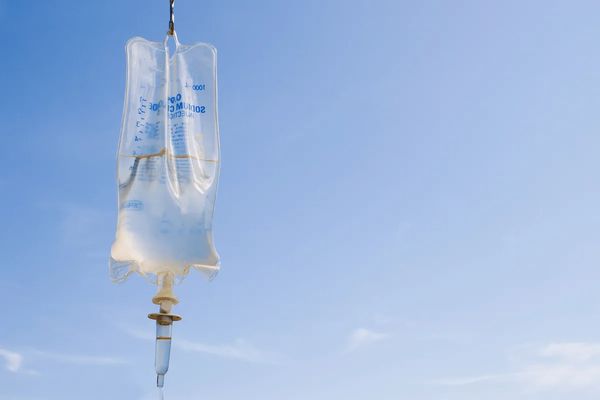.png?fit=outside&w=1200&h=800)
Your First IV Therapy Session
In the realm of medical intervention, IV therapy stands as a well-established technique for delivering a potent concoction of nutrients, vitamins, and hydration directly into the bloodstream. As the popularity of this therapeutic approach continues to rise, it becomes crucial to delve into the intricacies of the post-treatment phase. This article aims to provide valuable insights into the medical implications, administration of and anticipated outcomes following IV therapy sessions. By delving into this topic, we hope to equip both healthcare professionals and patients alike with a deeper understanding of what an IV therapy session and aim to shed light on the potential benefits and considerations that shape this post-treatment journey.
Before administrating IV therapy, a medical professional diligently assesses the patient's eligibility for the treatment. This involves a thorough review of the patient's medical history, including any preexisting conditions, allergies, or medications they may be taking. The nurse or healthcare provider may also conduct a physical examination to evaluate the patient's overall health and venous access suitability. Additionally, vital signs such as blood pressure, heart rate, and oxygen saturation levels are typically measured to ensure the patient is in a stable condition to receive IV therapy.
Once the patient is deemed eligible, the nurse takes crucial preparatory steps to optimize the IV therapy administration process. Firstly, they select an appropriate vein for venipuncture, typically opting for larger veins in the arms, such as the median cubital vein. To enhance vein visibility and ease of access, the nurse may apply a warm compress or utilize a tourniquet to dilate the veins temporarily. This ensures a smooth insertion of the IV needle or catheter, minimizing discomfort for the patient.
The duration of an IV therapy session can vary depending on the specific treatment and individual factors. Typically, a session lasts between 30 minutes to a few hours. Throughout the infusion, patients may experience a range of sensations, including a slight coolness or warmth at the injection site, a subtle tingling sensation, or a sense of relaxation as the nutrients and fluids enter their bloodstream.
During the IV therapy session, the patient's body undergoes a remarkable process. The administered solution flows directly into the bloodstream, bypassing the digestive system, allowing for rapid absorption and utilization by the body's cells. This direct delivery ensures a higher bioavailability of the nutrients and hydration, maximizing their effectiveness. As the infusion progresses, the body receives a replenishing supply of essential vitamins, minerals, and fluids, promoting cellular nourishment and hydration at an accelerated rate.
Meanwhile, the healthcare professional carefully monitors the patient's vital signs and adjusts the infusion rate as necessary to maintain stability and prevent any adverse reactions. This vigilant oversight ensures the patient's safety and allows for real-time adjustments to optimize the therapy's benefits.
The remarkable efficiency of IV therapy lies in its ability to bypass potential absorption issues and deliver nutrients directly to where they are needed most. By harnessing the power of intravenous administration, IV therapy offers a targeted approach that supports the body's natural healing and rejuvenation processes, all while providing a comfortable and convenient treatment experience for the patient.
Once the IV therapy session concludes, the nurse takes necessary steps to complete the infusion process. They carefully remove the IV needle or catheter from the patient's vein, applying gentle pressure and a sterile dressing to the insertion site to promote healing. The nurse may also provide post-treatment instructions and address any questions or concerns the patient may have.
In the immediate aftermath of IV therapy, patients may experience a variety of effects. Many individuals report feeling a renewed sense of energy, enhanced mental clarity, and improved overall well-being. The replenishment of essential nutrients and hydration can contribute to a revitalized state, supporting various bodily functions and promoting optimal performance.
In the hours and days following IV therapy, patients may continue to experience the benefits of the treatment. These effects can vary depending on the specific nutrients administered and the individual's unique physiology. Some individuals may notice improved immune function, faster recovery from physical exertion or illness, enhanced skin radiance, or relief from certain symptoms associated with nutrient deficiencies or dehydration.
It is important to note that individual responses to IV therapy may vary, and the full effects may not be immediately noticeable for some individuals. Regular sessions of IV therapy, as recommended by healthcare professionals, can often yield cumulative benefits over time, allowing the body to maintain optimal levels of essential nutrients and hydration.

